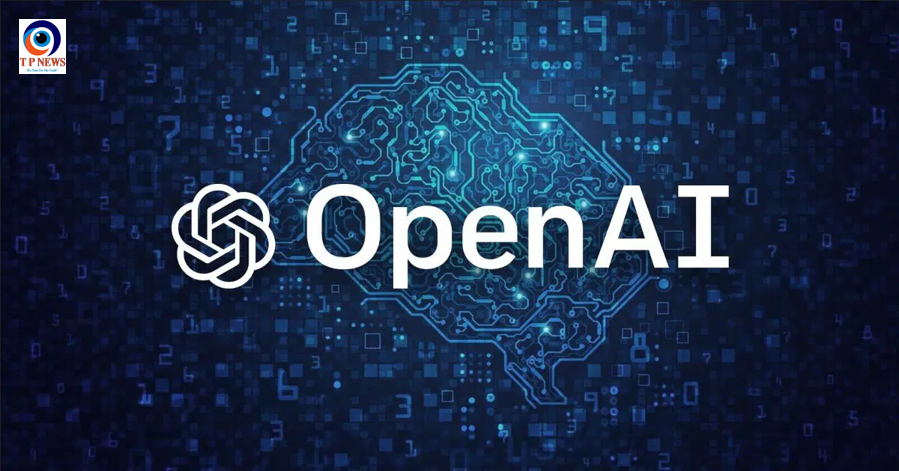OpenAI, the force behind ChatGPT, is gearing up for a major leap forward with the introduction of specialized AI agents—cutting-edge digital assistants tailored for high-level tasks in software engineering, research, and knowledge work. But these advancements come at a premium, with pricing reaching a staggering $20,000 per month.
AI Agents: A New Era of Task-Specific Automation
Unlike general-purpose AI models, these AI agents are designed to execute specialized tasks with remarkable precision. From software development to PhD-level research, OpenAI’s latest products aim to redefine productivity in professional and technical fields.
According to reports, OpenAI is positioning these AI agents as a key revenue driver, tapping into businesses and professionals who require cutting-edge AI capabilities. Here’s a breakdown of the anticipated pricing structure:
✅ High-Income Knowledge Worker Agent – $2,000/month
🔹 Designed for professionals requiring advanced data analysis and strategic insights.
✅ Software Developer Agent – $10,000/month
🔹 Aimed at automating complex coding tasks, debugging, and software optimization.
✅ PhD-Level Research Agent – $20,000/month
🔹 Built to conduct in-depth research, synthesize information, and generate high-level reports.
SoftBank’s Billion-Dollar Backing & OpenAI’s Expanding AI Ecosystem
Reports indicate that SoftBank has committed $3 billion to OpenAI’s AI agent technology this year alone, underscoring the confidence investors have in the potential of these AI-driven tools.
This aggressive push into AI agents follows OpenAI’s recent launch of Deep Research, a tool capable of scanning vast amounts of online information and compiling comprehensive research reports—essentially acting as an AI-powered analyst. The unveiling of GPT-4.5, which boasts enhanced pattern recognition and creative insight generation, further strengthens OpenAI’s AI portfolio.
What This Means for Businesses & AI Adoption
While the high price points may seem steep, these AI agents could become indispensable for enterprises looking to streamline operations, enhance productivity, and gain a competitive edge. Whether it’s accelerating software development cycles, assisting researchers in breakthrough discoveries, or providing data-driven insights to executives, these AI agents signal the next phase of AI integration into professional workflows.
However, the question remains: Will businesses embrace these high-cost AI solutions at scale, or will affordability remain a barrier to widespread adoption? As OpenAI moves forward, the balance between cutting-edge AI performance and accessibility will determine just how disruptive these AI agents will be.












